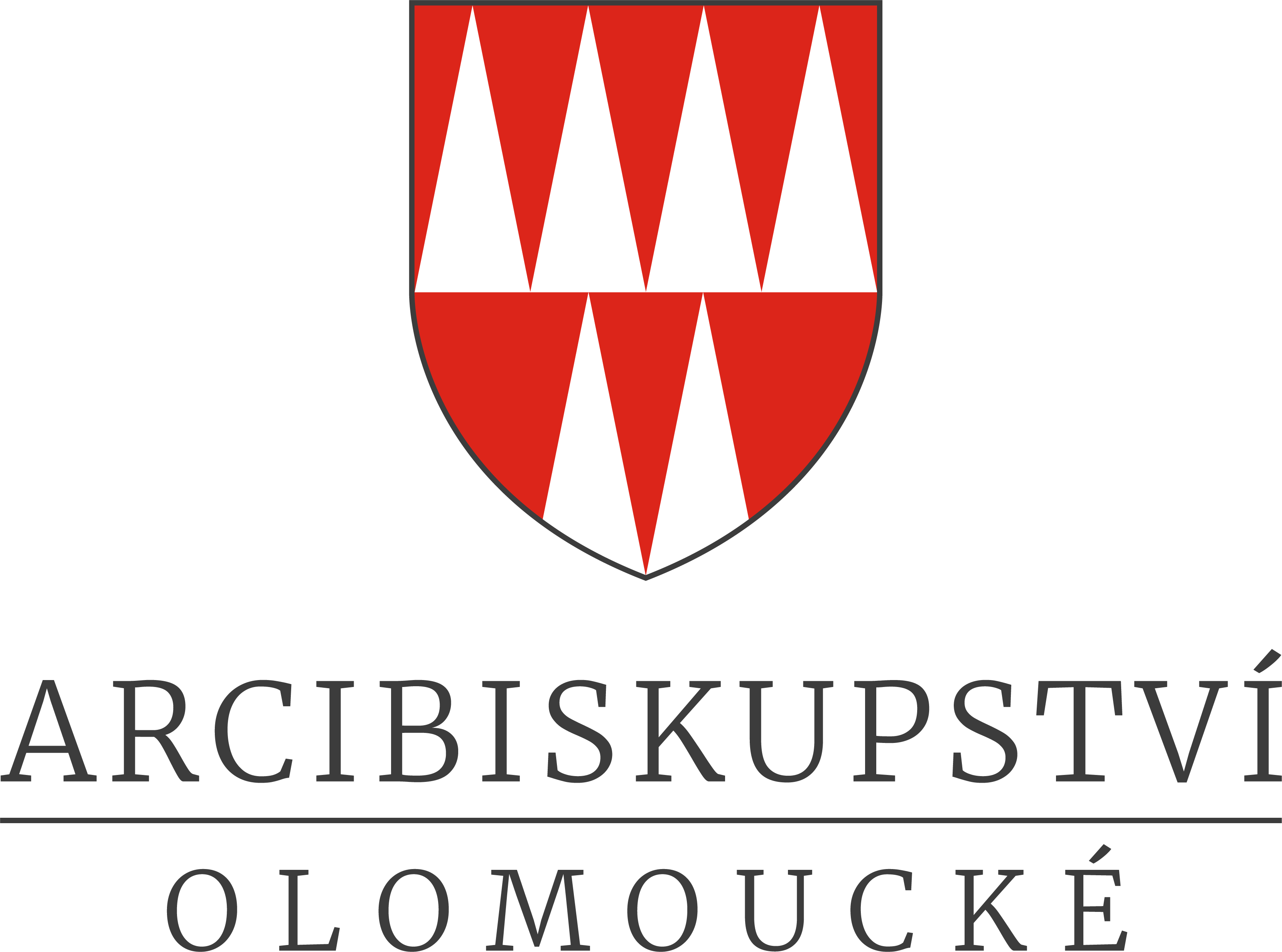The Baroque organ in the church of St. Moritz in Olomouc
The Baroque organ in the church of St. Moritz in Olomouc is one of the most important musical instruments in Moravia. Their rich history dates back to the 18th century and is closely linked to the development of Baroque music in this region.
The first mentions of the organ in the church of St. Morice date back to the 14th century. However, the tool at the time, called a positive, was probably quite small and simple. In 1709, an extensive fire destroyed the church, which also took the organ with it.
A new era of organ music in St. Morice's church began in 1730, when the Olomouc organist Josef Emanuel Heintzler was commissioned to build a new instrument. After his death in 1732, Kryštof Zikmund Klembt from Kroměříž took over the work. In 1740, however, the Wrocław master Michael Engler undertook the construction, who completed the organ in 1745.
Engler's organ became the pinnacle of Baroque organ building in Moravia. This is a monumental instrument. They currently include 8 machines, 95 registers and 7,884 pipes.
The organ cabinet is decorated with rich sculptural decoration from the workshop of Filip Sattler and Jan Antonín Richter.
Engler's organ in St. Moritz's church is still valued today for its unique sound and rich technical possibilities. It is used not only for religious services, but also for organizing concerts and festivals of organ music. In 2016, the organ was declared a national cultural monument.
The Baroque organ in St. Moritz's Church in Olomouc is testimony to the rich history and cultural heritage of Moravia. They are a symbol of artistry and craftsmanship and still captivate listeners with their unique sound.















